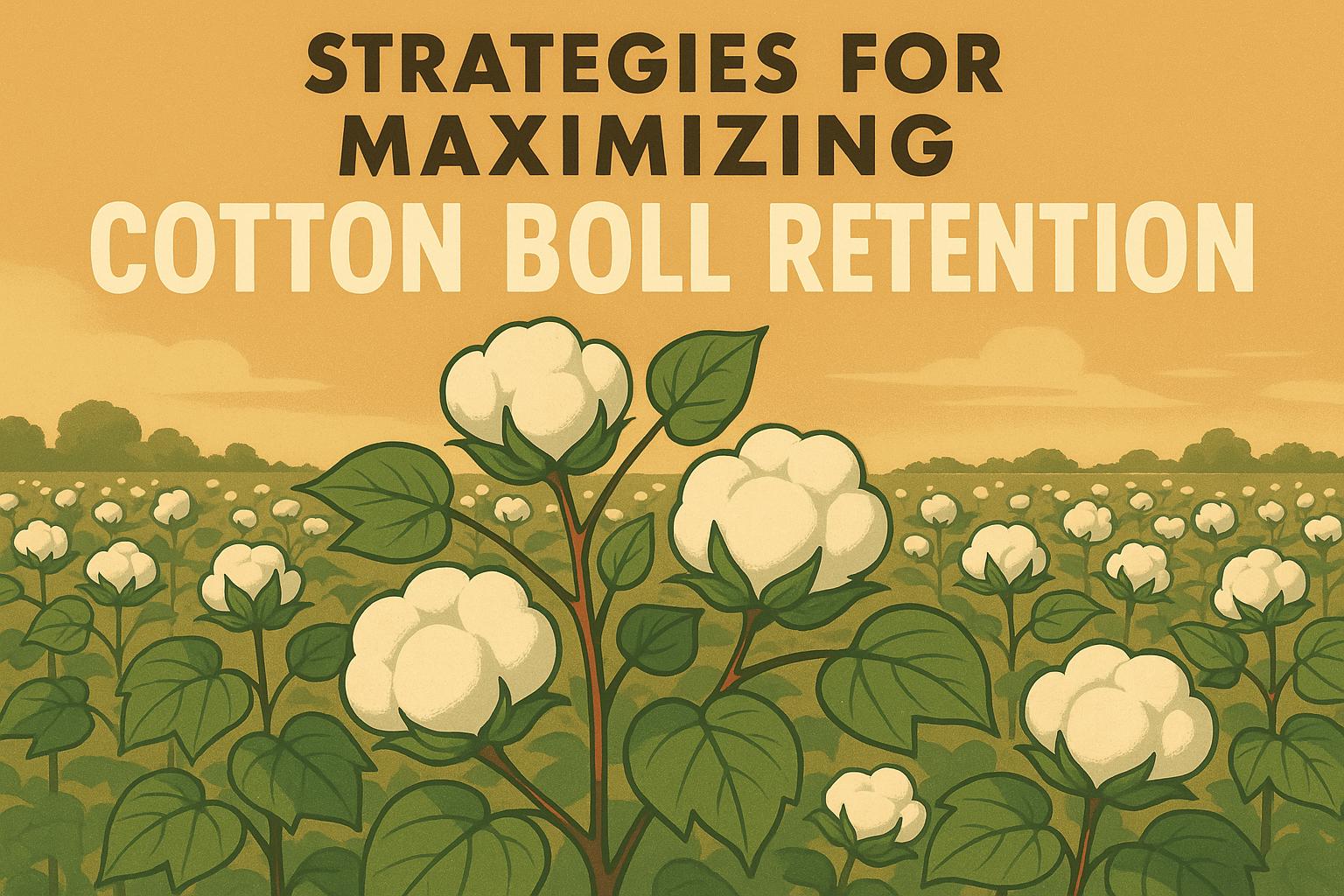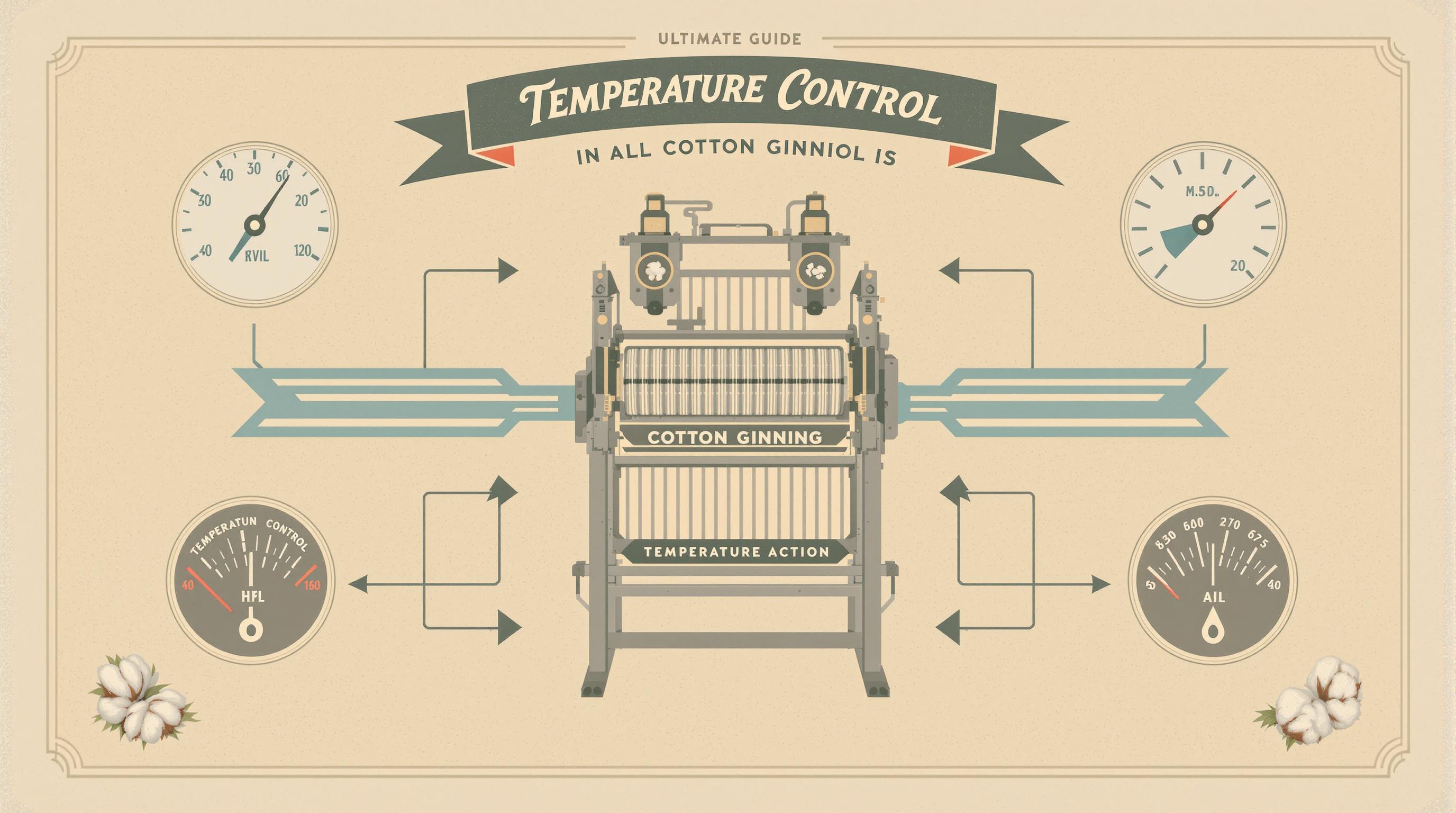State incentives make it easier for cotton farmers to manage risks like weather and market changes. Programs in Texas, Georgia, and Mississippi offer financial benefits for adopting better insurance coverage and sustainable farming practices. Here's a quick overview:
- Texas: Rebates based on coverage levels and claims history, with mandatory risk management training.
- Georgia: Rewards for maintaining low claims, though details are still being finalized.
- Mississippi: Discounts and cost-sharing for soil conservation practices like cover crops, tied to specific insurance and conservation requirements.
These programs aim to boost participation, improve financial security, and encourage sustainable farming. However, challenges like paperwork and delays in rebates remain. Farmers can benefit by staying organized, meeting program requirements, and aligning operations with incentive guidelines.
1. Texas Cotton Insurance Rebates
Rebate Structure
Texas has implemented a cotton insurance rebate program designed to encourage farmers to adopt better coverage and smarter risk management strategies. This tiered system offers rewards based on a farmer's coverage level and history of claims, making it an attractive option for those looking to safeguard their operations. Administered by the Texas Department of Agriculture, the program reflects the state’s growing commitment to supporting its cotton producers, with recent funding increases underscoring this priority.
Eligibility Requirements
Farmers who want to qualify for the Texas cotton insurance rebates must meet a few specific requirements:
- Actively operate a cotton farm within Texas
- Carry at least the minimum coverage level on their crop insurance policy
- Adhere to approved risk management practices
- Submit all necessary production records and loss claim documentation
Additionally, participants are required to complete risk management training. This training focuses on essential practices like monitoring weather conditions, managing pests effectively, and implementing soil conservation techniques.
Impact on Enrollment Rates
This well-structured program has led to noticeable increases in participation. Since its introduction, more farmers have taken advantage of enhanced coverage options, leading to greater financial security - especially in areas that previously lacked adequate representation in such programs.
2. Georgia Low-Claims Rewards
Rebate Structure
The Low-Claims Rewards program in Georgia aims to encourage cotton farmers to adopt better risk management practices by offering rebates for maintaining low claim histories. However, the exact rebate percentages and evaluation criteria haven't been disclosed yet.
Eligibility Requirements
Details about who qualifies for the program are still under development, with no official eligibility criteria released at this time.
Impact on Enrollment Rates
Since the program is still in its infancy, there isn't any enrollment data available yet. Early indications suggest it could play a role in improving risk management strategies among Georgia's cotton farmers. This program has the potential to pave the way for broader performance-based incentives across the state in the future.
3. Mississippi Soil Management Rewards
Rebate Structure
Mississippi's soil management rewards aim to encourage sustainable cotton farming through a range of financial incentives:
- Base Premium Discount: Cotton producers can earn a $5 per acre discount through partnerships with the Risk Management Agency (RMA).
- Cover Crop Cost-Share: The Mississippi Soil and Water Conservation Commission offers a 60% cost-share to help establish cover crops.
- EQIP Cover Crop Initiative: Farmers can receive an additional $50–$70 per acre under this initiative, introduced in 2022.
For those using both cover crops and STAX insurance coverage, there’s an extra boost: a 15–20% increase in EQIP payments. These rewards are tied to meeting specific conservation practices.
Eligibility Requirements
To access these benefits, cotton producers need to meet several criteria:
- Maintain conservation plans approved by the NRCS for highly erodible land.
- Plant cover crops by September 30 and keep them in place for at least 90 days.
- Participate in STAX insurance with a minimum 70% coverage level.
- Submit the FSA-578 form with field designations that align with program requirements.
- Ensure erosion rates don’t exceed 3 tons per acre annually.
A study from 2021 revealed that 89% of rebate recipients adhered to these rules, compared to just 67% of non-participants.
Impact on Enrollment Rates
This program has significantly increased both insurance participation and the adoption of conservation practices. From 2020 to 2024, insured cotton acreage in Mississippi grew from 1.2 million to 1.4 million acres. The environmental benefits have been equally noteworthy:
| Performance Metric | Improvement |
|---|---|
| Sediment Loss Reduction | 41% better than state average |
| Water Infiltration Increase | 18% |
| Nitrogen Runoff Decrease | 12% |
In the Porter Bayou Watershed Project, farmers participating in the program reached a 63% adoption rate, reducing nitrogen runoff by 19.8 pounds per acre in 2021. These efforts contributed to a 7% premium rate reduction for continuous participants between 2020 and 2024.
Despite these successes, challenges persist. A 2023 survey by Mississippi State University found that 34% of non-participants cited excessive paperwork as their main reason for opting out. Additionally, a 45-day delay between implementing practices and receiving rebates remains a hurdle for some farmers.
sbb-itb-0e617ca
Cover Crops, Soil Health and Financial Incentives (Oct. 7, 2021 Webinar)
Program Strengths and Limitations
There isn’t much public data available on state-level cotton insurance incentives. Some states have rolled out programs that encourage enrollment and promote sustainability through performance-based incentives, but detailed and reliable performance data remains unavailable. These broad observations align with the specific program details covered earlier.
Focusing on performance-based approaches, the strengths lie in how state and federal incentives work together to better support cotton producers. On the flip side, challenges include administrative hurdles and processing delays, highlighting the need for more efficient systems.
Key Findings and Recommendations
Based on the evaluations of state programs, the following recommendations aim to refine enrollment strategies and enhance outcomes for cotton farmers. These steps distill insights from state initiatives into actionable advice.
Steps to Get the Most Out of State Incentives
To make the most of state programs, consider these core strategies:
- Stay Organized with Documentation: Use reliable record-keeping tools to simplify compliance. Set aside time each month to review and update your records.
- Implement Risk Management Practices: Incorporate strategies into your daily operations to minimize risks and reduce the likelihood of claims.
- Ensure Program Compliance: Work closely with your local agricultural extension office to meet all state requirements and submit paperwork on time.
How to Maximize Program Benefits
Make incentive requirements part of your regular operations. A calendar system can help you track deadlines and stay on top of documentation. Additionally, regular check-ins with agricultural experts can help you adapt to any updates or changes in the program's guidelines. By aligning your operations with these recommendations, you'll be better positioned to reap the full benefits of available incentives.
FAQs
What are the differences in rebate and incentive programs for cotton crop insurance in Texas, Georgia, and Mississippi?
State-level rebate and incentive programs for cotton crop insurance differ widely across the country. In states like Texas, Georgia, and Mississippi, specific details might not always be easy to find, but these programs typically aim to boost participation by providing performance-based rebates or other financial perks for cotton farmers.
For a deeper dive into local options, consider reaching out to state agricultural departments. You can also check out resources like cottongins.org, which helps farmers locate cotton gins and offers valuable industry information.
What are the eligibility criteria for cotton farmers to join Mississippi's soil management rewards program?
To qualify for Mississippi's soil management rewards program, you generally need to be a registered cotton farmer within the state and actively engage in approved soil conservation practices. Additionally, you might be required to submit documentation of your efforts and meet certain performance criteria to be eligible for the rewards.
For the most accurate and detailed information, check with your local agricultural office or review state program resources to ensure you meet all the necessary requirements.
How can cotton farmers address challenges like paperwork and delays when applying for state incentives?
Cotton farmers looking to apply for state incentives can take a few simple yet effective steps to make the process smoother and avoid unnecessary delays:
- Get your paperwork in order early: Double-check that all necessary documents, like proof of crop insurance and financial records, are complete and accurate before submitting your application.
- Mark important deadlines: Keep track of submission dates and any required updates to ensure you don't miss out on available incentives.
- Ask for help if needed: Local agricultural extension offices or industry groups can provide valuable guidance to help you navigate the application process.
By staying organized and informed, you can save time and make the application experience much less stressful.


